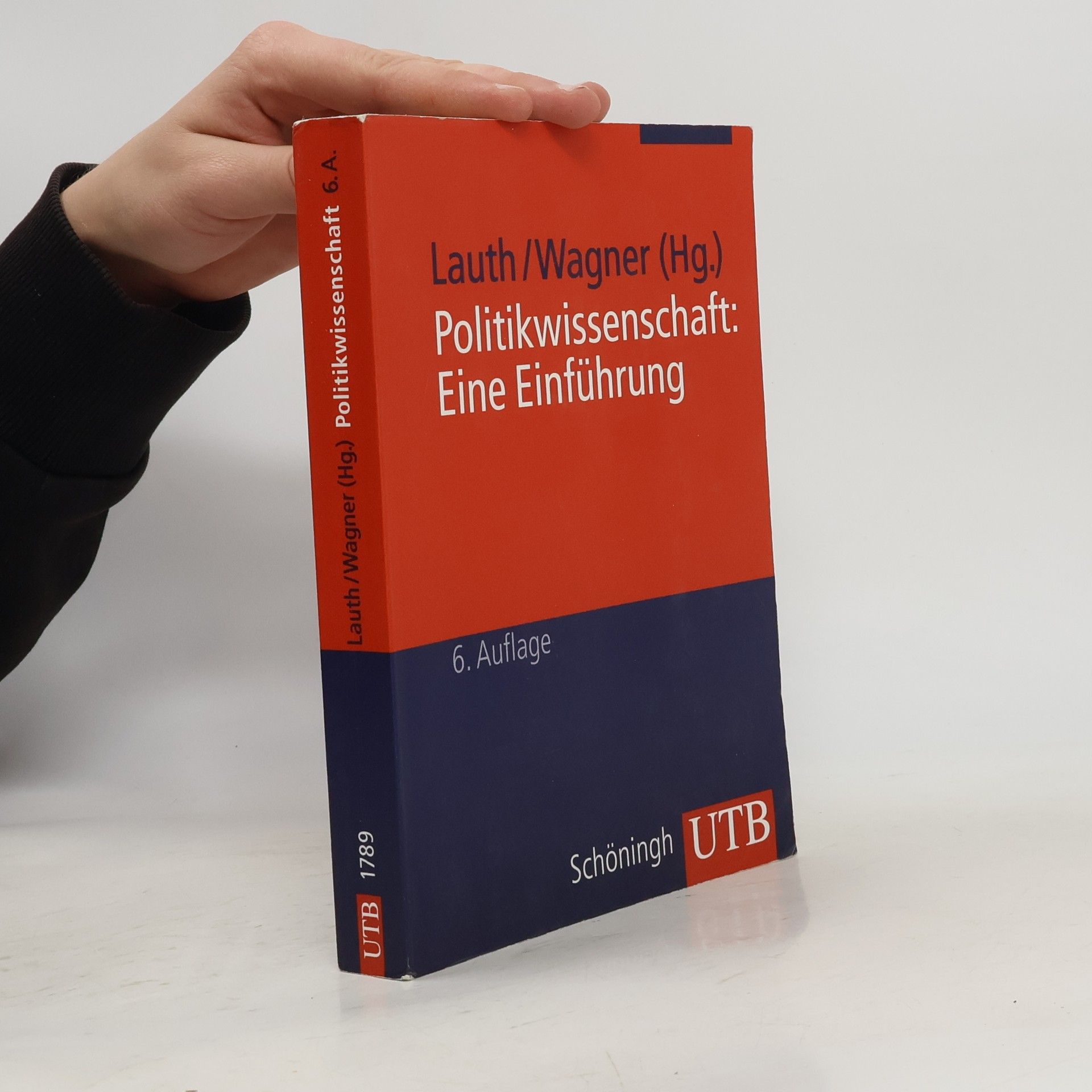Politikwissenschaft. Eine Einführung
- 528 pages
- 19 hours of reading
Für die 6. Auflage wurde dieser Klassiker unter den Einführungen in die Politikwissenschaft grundlegend überarbeitet und erneut aktualisiert. Er liegt nun in neuem, größerem Format und noch besser didaktisiert vor. Das Werk beruht auf langjähriger Lehrerfahrung. Es gibt einen studien- und problemorientierten Überblick über die zentralen Fragestellungen und Themenfelder der Politikwissenschaft. Behandelt werden: Historische Entwicklung und aktueller Stand des Faches, seine theoretischen und methodischen Grundlagen und - ausführlich - die einzelnen Disziplinen der Politikwissenschaft. Darüber hinaus enthält der Band hilfreiche Hinweise für eine erfolgreiche Organisation des Studiums: Er informiert über grundlegende Qualifikationen, über die Anlage und Gestaltung von wissenschaftlichen Arbeiten sowie über Berufsfelder für Politologinnen und Politologen und ihre Perspektiven auf dem Arbeitsmarkt.









